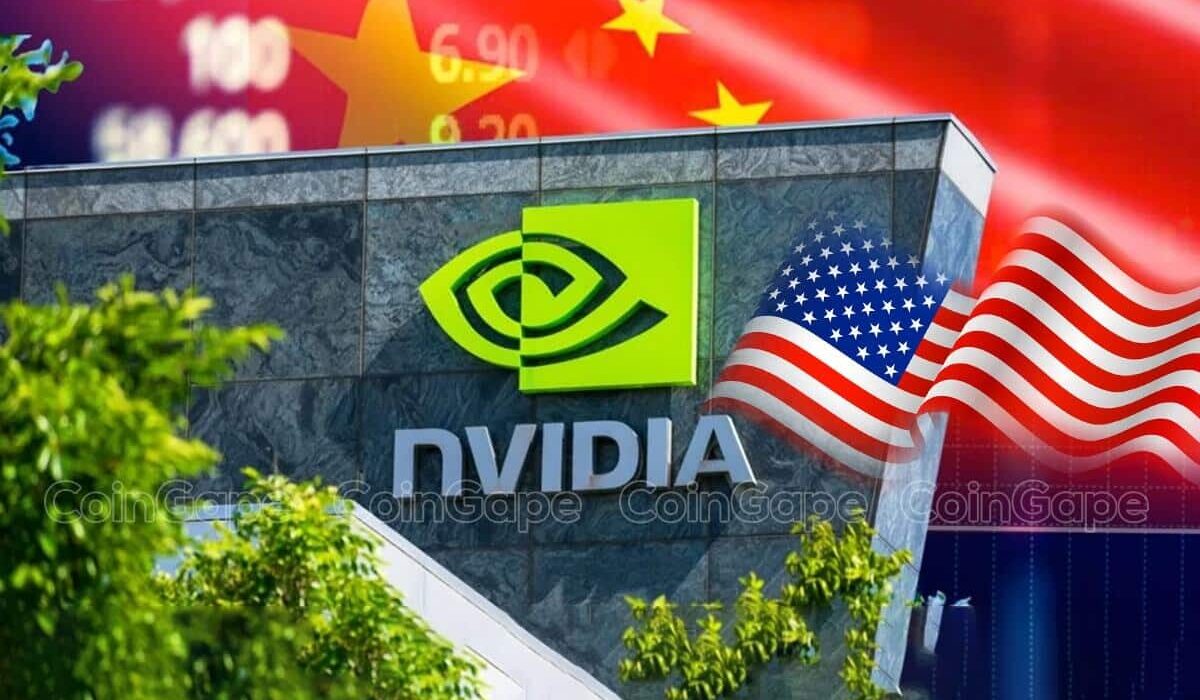In the fast-paced world of technology, companies are constantly adapting to regulatory changes and market demands. One such company, Nvidia, is making headlines with its innovative approach to circumventing US export restrictions. Let’s delve into the details of Nvidia’s latest move and its potential impact on the tech industry.
Nvidia’s Response to Export Restrictions
Amidst the evolving landscape of international trade regulations, Nvidia found itself facing challenges due to US export restrictions introduced in April 2025. In response, the tech giant is reportedly gearing up to launch a special edition of its RTX Pro 6000 GPU tailored specifically for the Chinese market.
This strategic maneuver aims to navigate around the stringent regulations that prohibit GPUs with certain advanced features. The modified version of the RTX Pro 6000 will transition from high-bandwidth memory (HBM) to GDDR7, ensuring compliance while maintaining a level of performance suitable for China’s AI ambitions.
The Power Within a Watered-Down Chip
Despite undergoing modifications to comply with export rules, the RTX Pro 6000 remains a potent chip with capabilities that can fuel China’s AI initiatives. While it may not match the peak performance of top-tier GPUs, experts estimate that even in its scaled-down form, it sits comfortably within the realm of GPUs capable of handling significant AI workloads.
Critics and analysts alike acknowledge that a reduced version of such a powerful card still holds substantial capabilities. This realization has sparked interest among Chinese cloud service providers (CSPs), who are anticipated to adopt a horizontal scaling approach by expanding their infrastructure through increased unit purchases and optimized node deployments.
Balancing Efficiency and Performance
As Nvidia charts this new course in response to regulatory constraints, questions linger about efficiency and cost-effectiveness. While workarounds like these may require additional investments in infrastructure and energy consumption by CSPs, they could still offer competitive performance levels at an aggregated scale.
The delicate balance between compliance and capability underscores how technology companies must navigate complex regulatory landscapes while meeting market demands for cutting-edge solutions. For Nvidia, this strategic shift represents both an opportunity and a challenge as it seeks to sustain its competitive edge in key markets like China.
Expert Insights on Industry Dynamics
Industry experts emphasize that while Nvidia’s adaptation strategy might provide temporary relief from export hurdles, it also opens space for domestic competitors like Huawei and Cambricon to advance their offerings in response. The success or failure of the special edition RTX Pro 6000 could significantly influence the trajectory of GPU innovation within China’s tech ecosystem.
Looking ahead, there are broader implications for how global tech players engage with regulatory environments worldwide. As boundaries between compliance-driven product iterations and groundbreaking technological advancements blur, companies must strike a delicate balance between meeting legal obligations and pushing innovation frontiers.
In conclusion, Nvidia’s decision to introduce a specialized GPU edition tailored for China reflects not just technical acumen but also strategic foresight in navigating complex geopolitical realities shaping today’s technology landscape. By staying agile amidst regulatory shifts, tech innovators can continue driving progress while adapting to diverse market conditions.

